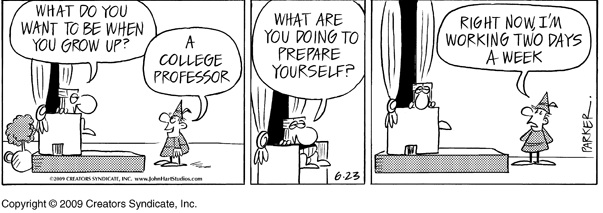 This is Mary Veeneman’s second post about Harper and Metzger’s new book: Exploring Ecclesiology: An Evangelical and Ecumenical Introduction
This is Mary Veeneman’s second post about Harper and Metzger’s new book: Exploring Ecclesiology: An Evangelical and Ecumenical Introduction
. This sketch by Mary of the book asks one of the most profound questions that must be asked in the discussion about women in ministry, about women like Fleming Rutledge at the right.
I did not grow up in evangelicalism and while I was somewhat exposed to
the evangelical debates about gender while in high school, I was not
fully aware of them until I attended a Christian college. Although
these issues were new to me in college, I grew tired of the debate
fairly quickly, in large part due to the apparent exegetical impasse at
which those on opposing sides often arrive.
Harper and Metzger, in their chapter, “The Role of Women in the Ordered
Community,” in Exploring Ecclesiology, open their discussion of gender
and the church by pointing to this impasse, writing that while
exegetical studies have been helpful, they have been far from decisive
on the issue of women and the church. They suggest in their chapter
that a way forward may be found through connecting eschatology and
ecclesiology. Their essential argument is that if we view the church
as a community that is fundamentally eschatological that reaches toward
the future and pulls it back toward the present, it will become
necessary to move towards a more egalitarian philosophy of leadership
in the church, even if leadership in the family remains hierarchical
(Harper and Metzger, 202).
In the eschaton, Harper and Metzger claim, the church is seen as the bride of Christ. As a result, the picture of submission that is seen in the eschaton is between the church and Christ rather than between husbands and wives. The question then posed is this: If the eschatological people of God will not function based on a hierarchical social structure, is that a reality upon which the church should be drawing now? Harper and Metzger argue that while Paul sees the lack of hierarchy as something that comes in the eschaton, he also seems to think that believers should view their present lives through the lens of their future lives, thus moving towards the eschatological goal now even though it is not fully realized.
To answer the question of whether Paul gives any indication of how this should be done, Harper and Metzger point to Paul’s letter to Philemon. There, they argue, Paul shows how the master/slave relationship is transformed in Christ when he encourages Philemon to receive Onesimus back, not as a slave, but as a brother (Harper and Metzger 205, they cite Philemon 16).
The implication of this for them is that the church becomes the new family unit for believers and takes priority over all other authority structures. This has specific implications for relationships between husbands and wives. “Theologically, it means that in the church, a wife’s primary and eschatological relationship to her husband is one of brother/sister, taking priority over the temporal husband/wife relationship. Applying this idea to a specific circumstance in the church, it means that a woman could remain in submission to her husband’s authority in the home, yet function in the church as an elder/leader, his ecclesiological equal or, perhaps, an authority over him” (Harper and Metzger, 205). The gain they see here is that this claim would undermine the argument that women cannot hold positions of authority in the church due to male headship in the family.
Ultimately, Harper and Metzger leave their readers with a question that I want to pose here, “Might this be a place of rapprochement for egalitarians and heirarchicalists?” (Harper and Metzger, 206).
What do you think? Have Harper and Metzger advanced the conversation at all? Or have they simply expressed an egalitarian viewpoint with egalitarian assumptions, which makes a slight nod toward the existence of hierarchical views within some sectors of evangelicalism.

